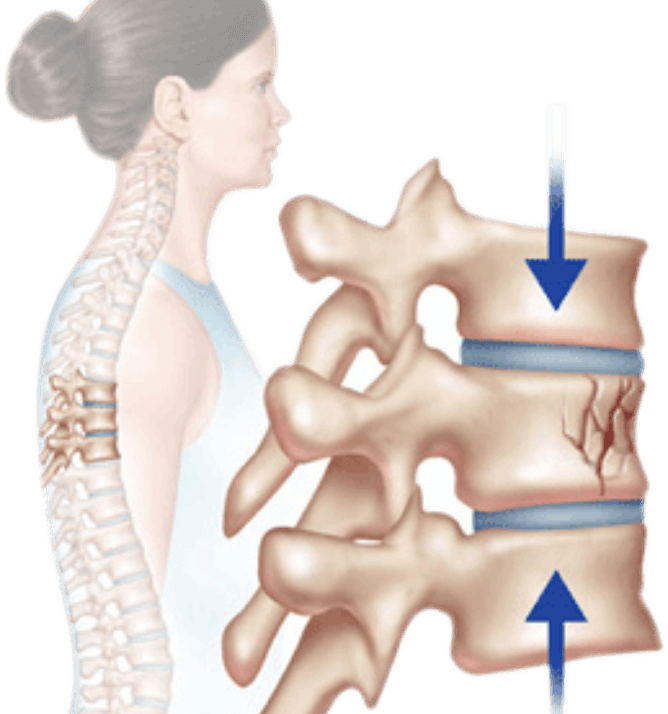Back Pain Treatment Home » Conditions Treated » Compression Fractures
What Is A
Compression Fracture?
What Kind Of Pain Results?
Who Gets It?
Osteoporosis is the leading cause of compression fractures and lower back pain. In this condition, the calcium slowly leeches from every bone in the body, including the vertebrae. Since these bones support much of the weight, they are particularly susceptible to compression fractures.
An acute compression fracture should be suspected in people, particularly women over the age of 45 years or men over the age of 50 years who develop the sudden onset of back pain, usually lower back pain. Other symptoms include worsening back pain with standing or walking, improvement of pain with lying on the back, limited spinal mobility, height loss, forward flexed deformity and associated disability.
It can occur with fairly routine activities such as opening a window or as a result of a fall. Compression fractures can also occur in any age when a trauma has occurred. They also can happen with cancers that affect bone such as multiple myeloma, lymphoma, breast and prostate.
About two-thirds of spinal compression fractures are never diagnosed because many patients and families think the back pain is merely a sign of aging and arthritis. In these cases, compression fractures may be diagnosed in the chronic state.
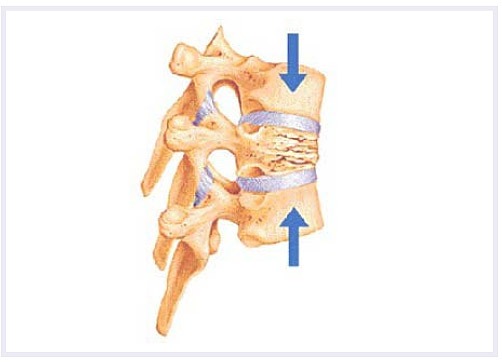
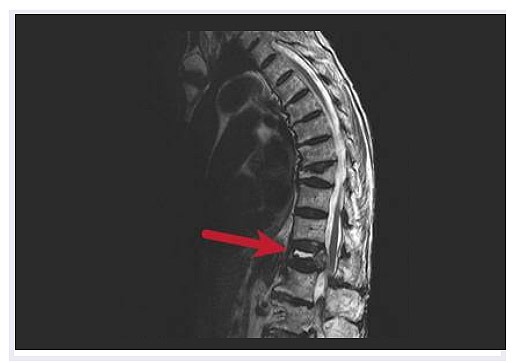
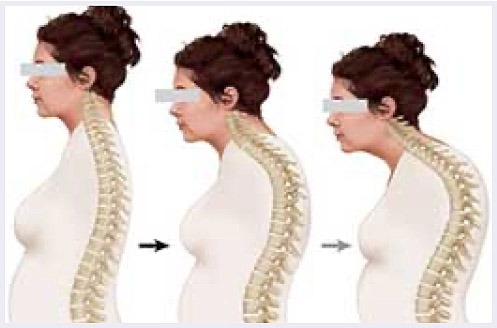
Compression Fractures Treatment
Radiographic images, particularly the MRI, can determine that a compression fracture is present and its relative age. The treatment plan depends on the age and type of compression fracture present.
Our physicians have a wealth of treatments in our arsenal to treat compression fractures:
Kyphoplasty
Kyphoplasty is an excellent minimally invasive treatment for back pain due to compression fractures. Kyphoplasty includes the additional step of inflating a balloon inside the compressed vertebra in an attempt to restore the height of it followed by the injection of cement into the vertebra with the compression fracture, fixing the bone, so that bone pain is relieved almost immediately.
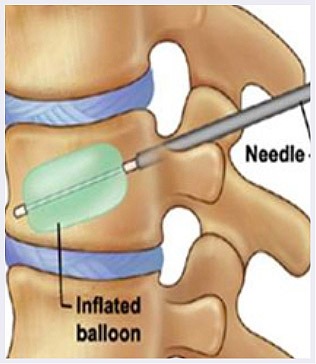
Medications
Medications. If the compression fracture is not amenable to kyphoplasty or if there is persistent pain after the procedure, such as nerve pain, the we can prescribe medications to help control the pain which can allow for more effective physical therapy. Anti-inflammatory medications, such as ibuprofen, can help to decrease the pain and swelling that occurs around the fractured vertebrae. When nerve pain is involved, antidepressants and anti-seizure medications are helpful in decreasing the shooting, tingling pain in the extremities.
Back Braces
Back braces can provide some stability to the spine and thereby reduce pain. However, back braces are most effective when the fractures are the lower back (lumbar spine) or in the lower portion of the midback (thoracic spine).
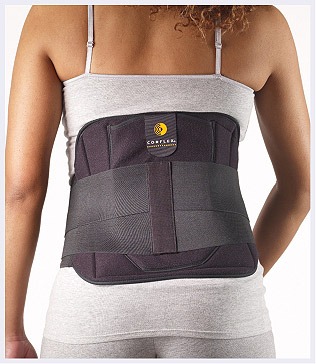
Physical Therapy
Physical therapy is important in maintaining range of motion and promoting strength and flexibility of the soft tissue. Many physical therapists can help with the fitting of alternative therapies, such as massage and acupuncture, can help with the chronic pain from kyphosis, and they are a great adjunct to more traditional conservative and aggressive treatments.
Very rarely, when compression fractures fail to respond to these treatments or are severe enough to cause spinal instability, patients may be referred to a spinal surgeon for fixation with rods or plates.
Osteoporosis Treatment
For patients who suffer compression fractures as a result of osteoporosis, it is important to supplement the diet with calcium to maintain bone density and to take bisphosphonate medications, such as Fosamax, to help prevent further calcium loss from bone

